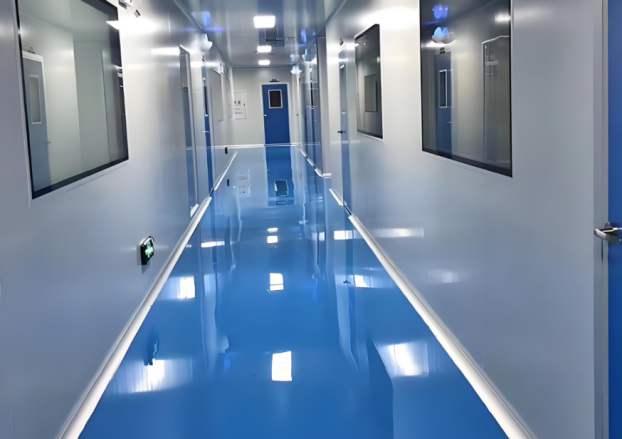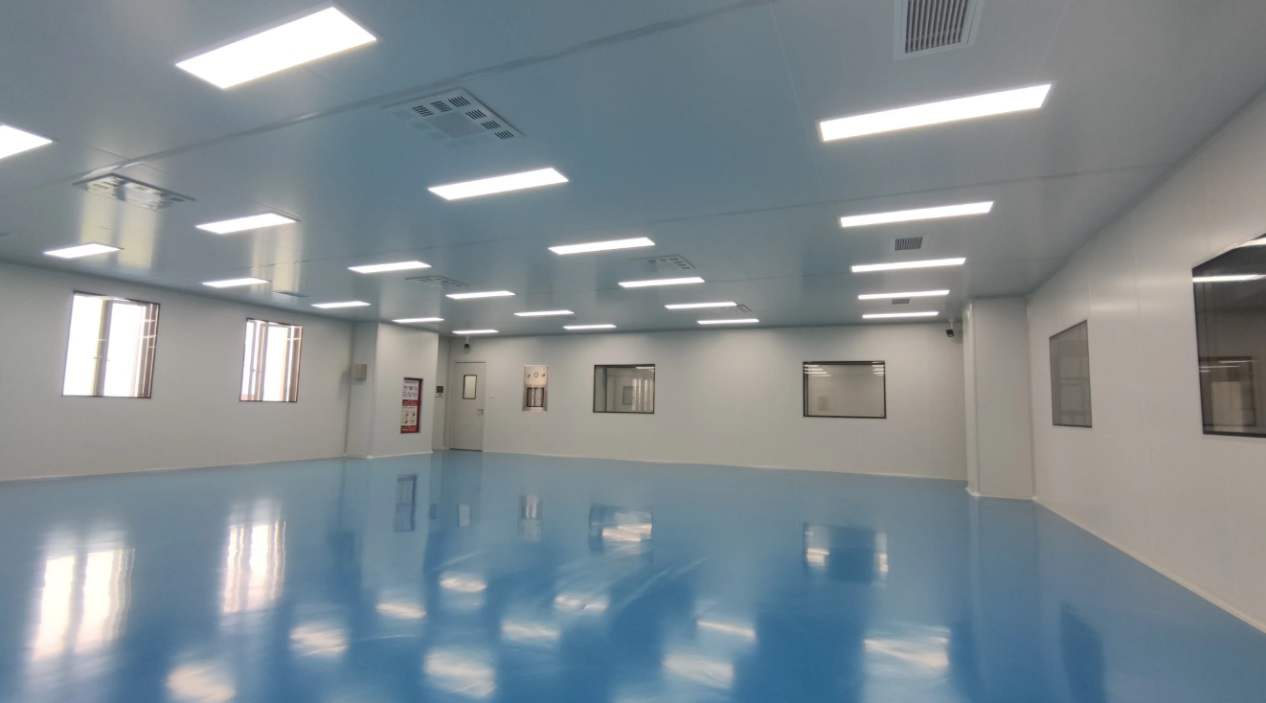




When we talk about a clean room in manufacturing, we refer to a controlled environment where pollutants like dust, airborne microbes, and aerosol particles are filtered out to ensure the highest level of cleanliness. These specialized rooms are critical in industries where even the smallest particle can cause significant product defects or contamination. The importance of a Manufacturing Cleanroom cannot be overstated, as it directly impacts product quality, safety, and compliance with stringent regulatory standards.
In this article, we will explore the role of clean rooms across different sectors, with a special focus on clean room in pharma manufacturing and clean room in semiconductor manufacturing. We will also delve into the concept of a turnkey cleanroom solution, which offers a comprehensive approach to designing, building, and validating these complex environments. Additionally, we will discuss common challenges faced in maintaining these facilities and how integrated solutions can help mitigate them.

A Manufacturing Cleanroom is a space designed to maintain extremely low levels of particulates, such as dust, bacteria, or chemical vapors. It is achieved through advanced HVAC systems, high-efficiency particulate air (HEPA) or ultra-low penetration air (ULPA) filters, and strict protocols for personnel and material flow. The cleanliness level is classified by standards like ISO 14644-1, which defines classes based on the number of particles per cubic meter.
In general manufacturing, clean rooms are used in industries such as aerospace, biotechnology, and medical devices. However, the most stringent requirements are found in pharmaceuticals and semiconductors. The design and operation of a clean room in manufacturing depend on the specific application, but all share common elements: controlled temperature and humidity, positive pressure to prevent ingress of contaminants, and rigorous cleaning procedures.
The pharmaceutical industry relies heavily on clean room in pharma manufacturing to ensure the safety, efficacy, and quality of drugs. These environments are critical for aseptic processing, where products are sterilized and packaged without contamination. In pharma, clean rooms must adhere to Good Manufacturing Practices (GMP) and regulations from agencies like the FDA and EMA.
A typical clean room in pharma manufacturing is classified into grades A through D, with Grade A being the most critical for high-risk operations like filling sterile products. These rooms require not only particle control but also microbial monitoring. Personnel must wear specialized gowning, including masks, gloves, and full-body suits, to minimize human-borne contamination.
Common challenges in pharmaceutical clean rooms include:
Maintaining sterility during production
Ensuring personnel compliance with gowning and procedures
Preventing cross-contamination between different products
Validating and qualifying the cleanroom to meet regulatory standards
To address these issues, many companies opt for a turnkey cleanroom solution that includes design, construction, validation, and ongoing maintenance. This integrated approach ensures that all aspects of the cleanroom are optimized for regulatory compliance and operational efficiency.
In contrast, clean room in semiconductor manufacturing focuses on controlling microscopic particles that could disrupt the fabrication of microchips and electronic components. Semiconductor clean rooms are among the most advanced, often requiring ISO Class 1 to 5 environments. Even a single dust particle can ruin a wafer, costing millions of dollars in losses.
The key difference in clean room in semiconductor manufacturing is the emphasis on chemical and static control, in addition to particulate management. Engineers and technicians wear full-body cleanroom suits with built-in static dissipation to prevent electrostatic discharge (ESD), which can damage sensitive components. The air filtration systems are more robust, with ULPA filters and laminar airflow to sweep particles away from critical zones.
Challenges in semiconductor clean rooms include:
Controlling static electricity and chemical vapors
Managing temperature and humidity with extreme precision
Minimizing vibration and electromagnetic interference
Scaling cleanroom operations for large wafer sizes
Given the complexity, semiconductor manufacturers often rely on turnkey cleanroom solutions to integrate advanced systems for air handling, vibration control, and monitoring. These solutions ensure that the cleanroom meets the exacting standards required for high-yield production.

A turnkey cleanroom solution provides an end-to-end service, from design and construction to commissioning and maintenance. This approach is beneficial for both clean room in pharma manufacturing and clean room in semiconductor manufacturing, as it reduces the risk of errors and ensures compliance with industry standards.
A typical turnkey cleanroom solution includes:
Needs assessment and conceptual design
Detailed engineering and layout planning
Construction and installation of cleanroom infrastructure
HVAC, filtration, and environmental control systems
Validation and certification to ISO or GMP standards
Training and ongoing support
By opting for a turnkey approach, companies can save time and resources while ensuring that their Manufacturing Cleanroom meets all technical and regulatory requirements. This is particularly important in industries where downtime or non-compliance can have severe consequences.
Despite advances in technology, operating a clean room in manufacturing presents several challenges. These include:
Contamination Control: Even with advanced filters, contamination can occur from personnel, materials, or equipment. Strict protocols and continuous monitoring are essential.
Personnel Training: Human error is a significant risk. Employees must be trained in gowning, hygiene, and procedures to minimize contamination.
Maintenance Costs: Cleanrooms require regular filter changes, cleaning, and system upgrades, which can be costly.
Regulatory Compliance: Industries like pharma and semiconductors are subject to evolving regulations, requiring ongoing updates to cleanroom design and operations.
Scalability: As production needs change, cleanrooms must be adaptable without compromising cleanliness.
To overcome these challenges, many companies invest in automated monitoring systems and turnkey cleanroom solutions that offer scalable, compliant, and efficient environments.
The clean room in manufacturing is evolving with advancements in automation, IoT, and data analytics. Smart cleanrooms with real-time monitoring and predictive maintenance are becoming the norm, especially in clean room in pharma manufacturing and clean room in semiconductor manufacturing. These technologies help improve efficiency, reduce costs, and enhance compliance.
Whether you are in pharmaceuticals, semiconductors, or any other high-precision industry, understanding the nuances of a Manufacturing Cleanroom is crucial. By leveraging turnkey cleanroom solutions, companies can ensure that their facilities are built to the highest standards and capable of meeting future challenges.
In summary, the clean room is more than just a room—it is a critical asset that enables innovation and quality in modern manufacturing.